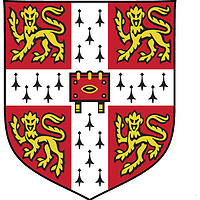OBJECTIVE: This study aimed to define the characteristics and use of ocular and cervical vestibular evoked myogenic potentials for evaluating paediatric cochlear implant candidates.METHODS: Ocular and cervical vestibular evoked myogenic potentials of 34 paediatric cochlear implant candidates were analysed. All patients also underwent a routine audiological examination, including computed tomography.RESULTS: In all, 27 patients with normal inner-ear structures had absent or impaired vestibular evoked myogenic potential responses. In paediatric candidates with inner-ear malformations, ocular and cervical vestibular evoked myogenic potentials had lower thresholds and higher amplitudes. Vestibular evoked myogenic potential responses in this cohort were classified into three groups. There was significant concordance between vestibular evoked myogenic potentials and temporal bone computed tomography findings.CONCLUSION: Ocular and cervical vestibular evoked myogenic potential waveforms were different in paediatric candidates with normal and abnormal inner-ear structures. Therefore, vestibular evoked myogenic potential responses can indicate temporal bone structure.

Characteristics and clinical use of ocular and cervical vestibular evoked myogenic potentials for evaluating paediatric candidates for cochlear implants
Review badges
0 pre-pub reviews
0 post-pub reviews